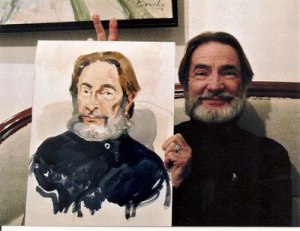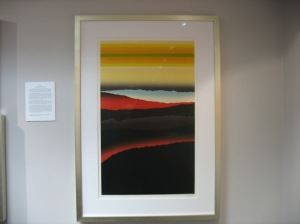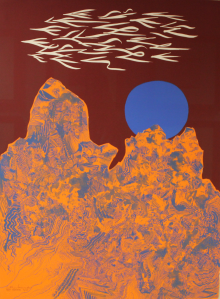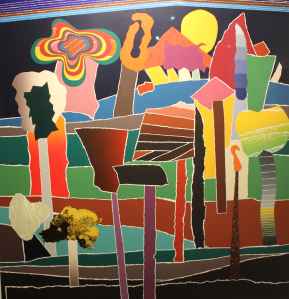Although there are many more individuals we could inform you about; the correspondence series is going to wrap up with Jeff Berner, an artist that is currently alive and letting his creativity shine. He is known for various styles of art including photography, portraits, and illustrations for books and magazines. Berner even published some books which can be purchased through Amazon.com. He also created a diorama series which was exhibited at galleries in Los Angeles and two additional locations in Paris. Berner has won awards and has taught at three different institutions including Rudolph Schaeffer School of Design in San Francisco. Berner currently lives in Paris with his wife Azar who does painting.
Now let’s take a stroll back in time, Berner became involved with the FLUXUS group back in 1965. What exactly is FLUXUS? Well, it is an international group of conceptual/performance artists. According to Henry Flynt, “Fluxus embraced many of the concepts and practices associated with the post-war avant-garde of western Europe and North America” and incorporated poetry, random music, art, and lettrism. The term fluxus actually comes from the Latin word for “flow” and was conceived by a gentleman by the name of George Maciunas who was a writer, performer, and composer. The first grouping of FLUXUS festivals took place in Germany. Furthermore, it was this movement that united artists throughout the world and many of those involved with FLUXUS took part in Correspondence Art. 🙂
Click on these links for some interesting information regarding this neat group/movement:
http://www.moma.org/collection/theme.php?theme_id=10457
For more about Jeff Berner:




